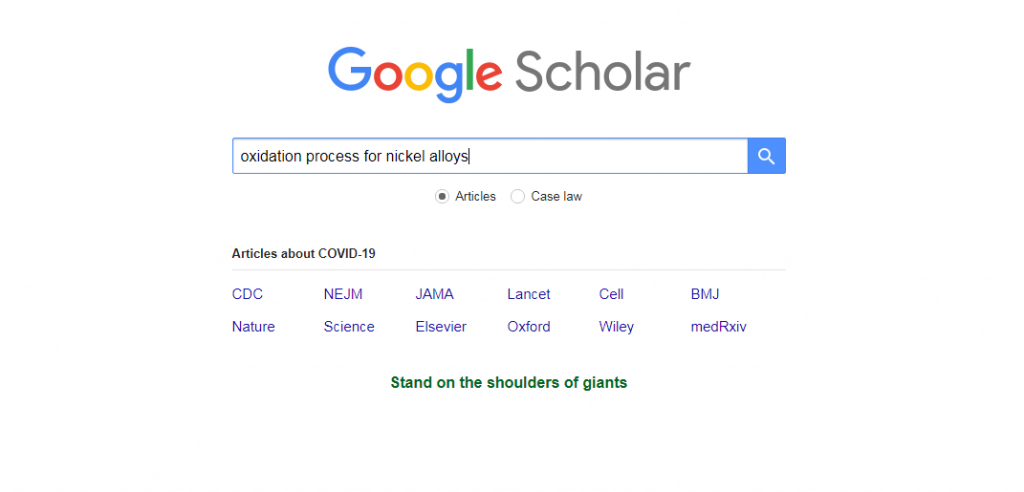The coordination and the systematic method of discovering answers, solutions to questions and problems are regarded as research. Research involves a series of carefully selected steps which culminated into valid conclusions. In arriving at valid conclusions, well-structured methodologies are adhered to. The conclusions generated through the conduct of relevant and critical research, valid and reliable data analysis are utilized to help propel national, business, institutional and societal developments. The quest for certain or new information brings about the research process in that researcher may come across an existing knowledge to be explored. If otherwise, research is necessary to establish and contribute to knowledge.
Universities and research institutions serve as one of the key drivers of scientific research. These key drivers accommodate smart brains to undergo relevant training and attain the required cognitive skills and knowledge required to execute meaningful research and proffer professional solutions to problems.
However, for beginners aspiring to conduct novel research, an adequate and concise methodology to execute research is needed. The following steps will serve as a guide.
Identify and define the problem or question
The first step that is critical in conducting meaningful research is identifying and defining research problems or questions. Initially, the researcher conceived a broad topic, which makes him or her engage in an intensive literature survey to establish if the research questions or problems have been answered. Through the literature survey process, the researcher is expected to take into cognizance the conclusions drawn, type of experiments and methodology conducted by researchers with respect to proposed research problems and questions. After a thorough and extensive literature survey via scholarly journal articles, the researcher can determine if a research is necessary to contribute to existing knowledge or discover new information.

Establishing a research focus and refining the question
The literature survey extent helps boost the researcher’s knowledge base on the research questions and problems. In addition, it helps the researcher to define the research scope and boundaries. The research aims and objectives are outlined, coupled with a well-structured and succinct research topic.
Stating the Research Hypothesis
The research hypothesis is a statement which assumes the expected outcome of research and scientific research methods prove it. It provides a tentative response to research questions or solutions serving as a guide for the investigation. The scientific research method adopted may either dispute or approve the hypothesis statement by fact, findings from the research. The research hypothesis basically provides the fundamental relationship between theory and the research questions or problems.
Plan Experiment: Identifying and organizing appropriate methodology to answer the questions
The process through which answers will be generated to research questions and problems is executed via well structured scientific methodology. This step involves determining how experimental materials, sample, equipment, and other relevant resources will be available, the time frame for the research and how data will be collected.
Data collection
This stage of the research involves the collection of information from the research. Data are recorded, and the researcher ensures that the outlined research design are adhered to and completed.
Evaluation of data and drawing conclusions
After a researcher has designed research and gathered the data accrued, the data is processed and analyzed. Thorough discussions are made about the findings observed from the analyzed data, and conclusions are drawn. The researcher can make informed decisions and opinions through the discussions of the results with respect to the research findings, background knowledge, and understanding of the research questions or problems.

Depending on the research type, the researcher may choose to present their findings in different formats such as graphs, tables, or percentages.
Developing a research report
This step is essential to provide proof of evidence of the research findings and contributions to the knowledge base. In this way, the research report generated is available for use by governments, organizations, institutions, and future researchers to tailor their research. It is imperative to cite relevant sources used during the course of the research discussion and article development to avoid plagiarism. A research article/report publishable in reputable and peer-reviewed journals basically contains the following essential sections;
- Article topic
- Abstract
- Keywords
- Introduction
- Methodology
- Results
- Discussion
- Conclusions
- Recommendations
- References.
After developing the research report according to the sections listed above (as the case may be), the researcher is expected to proofread the developed paper to check and avoid grammatical, spelling and punctuation errors.

Evaluation of research work done
Research is continuous since researchers will continuously ask themselves questions about issues encountered through their research. These create room for making recommendations for more research or future research, and effective dissemination and utilization of research findings.
For more educative and interesting information about your research, please create an account with us at www.labingate.com/register.



No responses yet